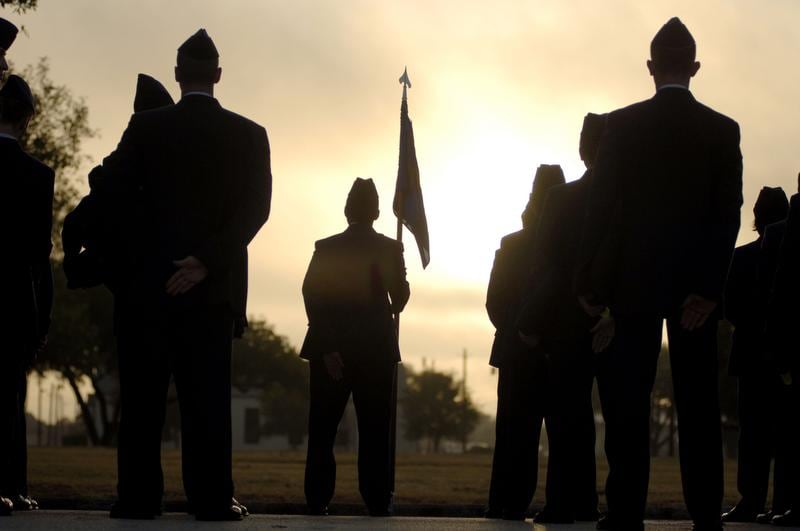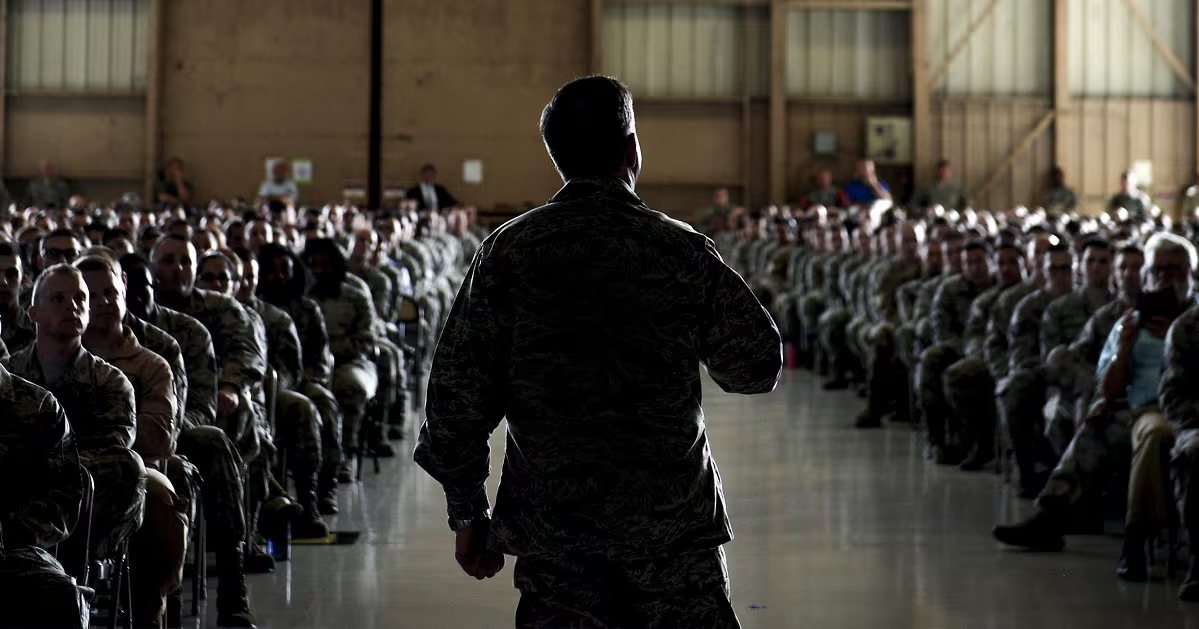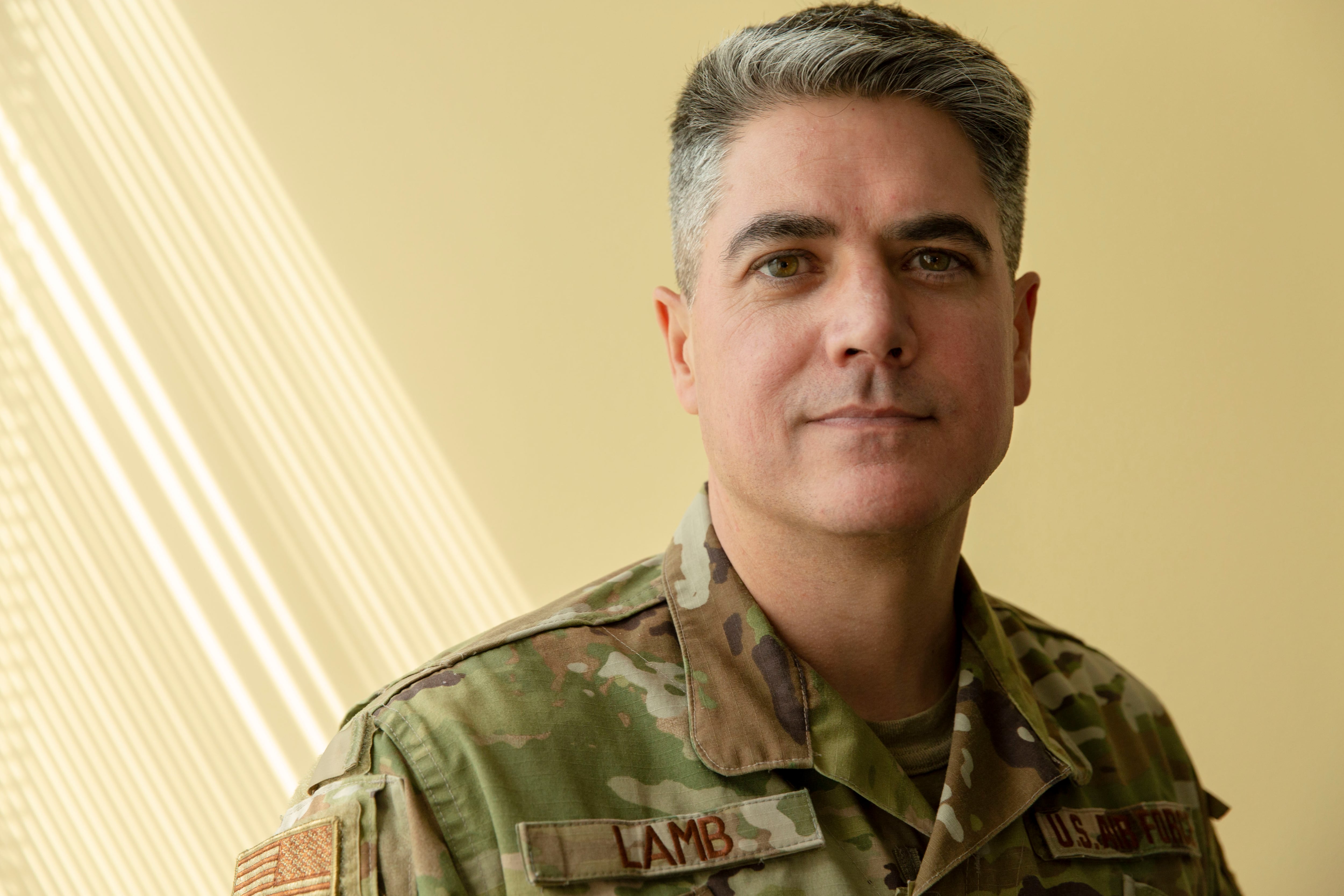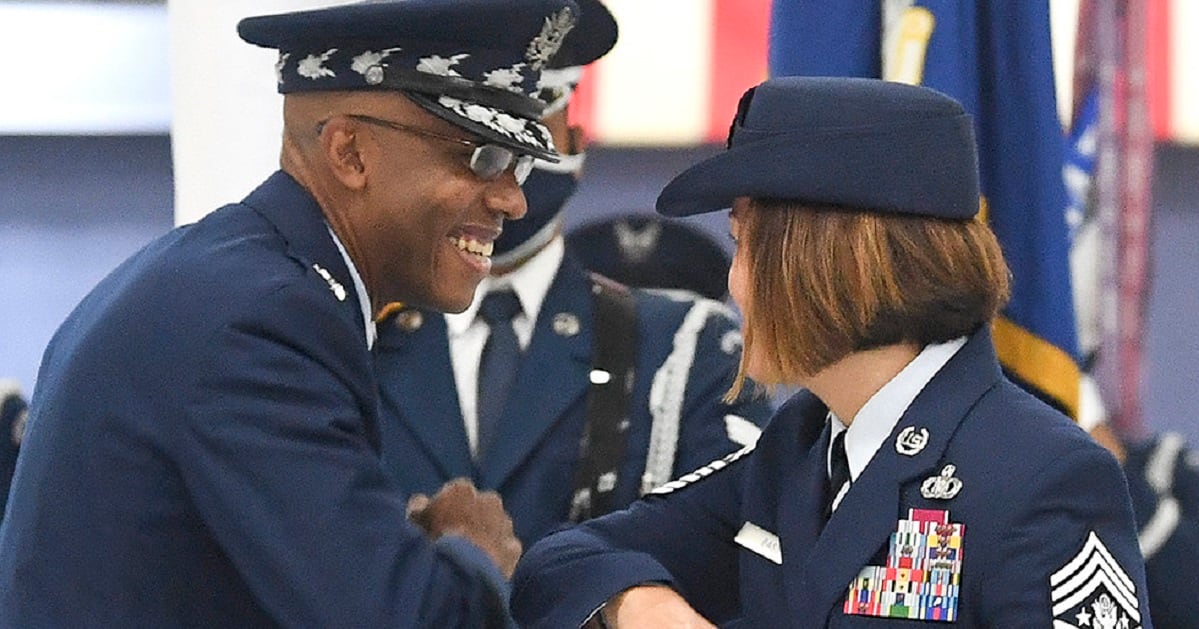About a year ago in a candid one-on-one discussion, I asked a senior general officer in the Air Force why he had not yet removed a commander well known to be toxic. He told me that he would like to, but that too many other people had been removed lately and there was “no appetite” to remove yet another senior leader. Instead, that commander went on to another prestigious position on a staff.
Why is there a quota on the number of senior leaders who can be fired or removed? From what I’ve been able to determine, it comes down to three major factors: individual competence of the toxic officer; lack of personal accountability up and down the chain of command; and senior leader fear of loss of confidence.
The first major factor that results in the retention, and sometimes promotion, of toxic senior officers is intellect and work ethic. Most of the senior leaders in the military are highly intelligent with tremendous drive and ambition. While some senior officers have proven themselves unfit to lead others, there is a desire by some senior leaders to retain that intellect, drive, knowledge and experience to the benefit of the service.
RELATED

Rationally speaking, this makes sense — if the offending people can still provide good service to the nation, why not retain them? After all, the service failed to properly prepare those individuals to lead and made the additional mistake of placing people unsuited to leadership in those positions. Before we judge toxic leaders in the military too harshly, we should remember that the institution failed them as much as they failed the institution. Unfortunately, the lack of explanation from our most senior leaders leaves the rank and file with the perception that there is a complete lack of accountability at higher ranks. They are not entirely wrong.
RELATED

The second factor contributing to the retention of toxic senior leaders is a lack of accountability and transparency by those who have sponsored the “bad apples.” I have been party to numerous conversations that went something like this:
“You know [Person X] is toxic. We’ve known for years.”
“You won’t get an argument from me, but there’s nothing in their records to indicate that, and [General Y] thinks he/she is awesome.”
“Well, [Person X] was selected for wing command.”
“We both know that isn’t going to end well. I’d retire before I ever work for [Person X].”
This conversation sounds familiar to anyone who has served more than a few years. When things go poorly, the senior leadership laments, “There was no way to know! Person X seemed great and there was nothing in their records.” The problem with that explanation is that, in nearly all cases, people did know, regardless of what was in the records. What allows this diffusion of responsibility to continue is the lack of personal accountability by those who should have documented the transgressor’s shortcomings and those who hired them into leadership positions.
RELATED

An unspoken social norm has emerged wherein senior leaders agree not to point out the role each of them played in the tragedy. It is considered “bad form” to hold your peers culpable even when the responsibility is clear. They avoid these discussions, at least in part, because they would have to explain how it is that they did not know Person X was toxic after well over a decade of service. There are no good or satisfying explanations.
The final major contributing factor to the retention and promotion of toxic leaders in the military is the desire to avoid scrutiny and additional loss of confidence. This is the most sensitive and political of the three factors by far. The most senior civilian officials and general officers know that if they remove a large number of subordinate officers, it will suggest a failure at their level — a failure that could necessitate a response. Consequently, an unofficial quota on the number of firings emerges because so long as the number of removals is kept relatively low, the bad apples can be written off as outliers in an otherwise viable system. In other words, the primary factor driving retention of toxic individuals is a fear of loss of confidence, both personally and in the system as a whole.
At no time is this truer than when the toxic individual comes from an underrepresented demographic. The military is working actively to increase the diversity of its senior ranks. This is not because it is politically correct, but because it is important for the military to resemble the nation it serves, and more importantly, because it is a scientifically proven fact that diverse teams perform better and generate better decisions. Any way you look at it, diversity in the military is an imperative. Because of this, the military is especially loathe to remove senior personnel who come from an underrepresented demographic.
Additionally, senior leaders fear being labelled misogynistic or racist because it will hurt efforts to recruit people from those demographics that we need, and it will bring additional negative attention from the Congress. While toxic leaders come from every background, a toxic senior leader from an underrepresented demographic is a nightmare scenario. Fortunately, if we do our jobs, this will be short-term problem because we will eliminate these underrepresentation pressures by creating a diverse pool of senior leaders from which to choose.

Understanding why toxic leaders are retained and sometimes promoted does not make it any more palatable. My attempt to explain the phenomenon should not be taken as an excuse or justification. Retaining, let alone promoting, known toxic leaders is an injustice both to the people who were made to suffer in a hostile work environment and to the deserving individuals who were denied opportunities in favor of the toxic person.
It is an irrefutable fact that the number one reason people decide to leave the Air Force is because of poor leadership. It is therefore reasonable to assert the armed forces have lost far more talent as a result of poor and toxic leadership than any supposed benefit the toxic people have brought to their organizations.
What then can be done about it? Publicly fire toxic leaders, hold a board to determine the last rank honorably held, and remove them from the service? While that may be a good start, the services also need to address the root causes. To that end, I suggest the following for consideration:
The military needs to move beyond recruitment and selection systems that are based on experience and knowledge to a framework that assesses character and potential. The military is trying to improve its diversity, but it continues to use assessments like the Air Force Officer Qualification Test and the Armed Services Vocational Aptitude Battery exams, which focus on what a candidate knows and do not assess either character or potential. Consequently, the exams favor people who come from more affluent communities with higher performing school systems.
I would rather see recruiting efforts focus on recruiting people for who they are than what they know. It is far easier to address a skill deficit than a character flaw. If the military changes its recruiting philosophy, every other issue becomes far easier to address.
Next, salvaging the investment in a toxic but arguably intelligent and hardworking person may be pragmatic, but it is soul-degrading rationalization because it is unjust. The services would be better off with a system that provides early detection to enable timely intervention, similar to cancer screening. For example, any service could test for character and behavioral traits to inform promotion and leadership selection boards.
The Army has started its Battalion Commander Assessment Program, and the initial results are encouraging. Specifically, it improved detection and elimination of candidates who have disqualifying issues such as dark triad traits (i.e., narcissism, Machiavellianism and psychopathy). Candidates are provided feedback and resources to assist with their personal and professional development, enabling a positive experience for all participants. These types of tools would help ensure the men and women who serve have the best possible leadership.
Additionally, transparency and accountability need to improve. People desire accountability. Air Education and Training Command recently completed a survey of Air Force members at every rank that found the most highly valued competency is personal accountability. If this is what the Air Force desires, then it needs to measure it, reward those who demonstrate it, and work to develop it in those who do not.
Transparency is an enabler of accountability, and both transparency and accountability are perception based. By this, I mean to suggest that a person can be said to be transparent and accountable, when the people around them perceive them to be honest and forthcoming with information. As transparency and accountability are perception based, the best measures will likely be obtained by assessment or survey of all the individuals involved. Additionally, leaders at all levels would benefit from knowing if they are viewed as transparent and accountable by those they lead.
The final recommendation is for our senior leaders to move beyond fear and operate with the transparency and accountability necessary to engender confidence and trust. The results cannot be worse than the current state where service members assume most senior leadership believe themselves unaccountable. Some would call full transparency and accountability naïve, but I would suggest that they are afraid.

I know firsthand that new Chief Master Sergeant of the Air Force JoAnne Bass isn’t afraid of transparency, candor or accountability. I don’t know the new Air Force chief of staff, Gen Charles Brown, but he has a great reputation and he hired Chief Master Sergeant Bass, so he can’t be all bad. That gives me optimism for the Air Force.
I also know that Chief of Space Operations Gen Jay Raymond and Chief Master Sergeant of the Space Force Roger Towberman have charged those of us working on the Space Force’s Human Capital Strategic Plan to “be bold” in devising the newest service’s approach toward evaluating, recruiting, developing, and retaining space warfighters. This is the primary reason I chose to join the Space Force team as a government civilian. When our actions match our words, I will know that my optimism and trust have been well-placed.
To that end, I encourage leaders to model the behavior they say they want in their subordinates. Take personal accountability, hold others accountable in meaningful ways, and embrace transparency at all levels. Do the right thing and remove those who repeatedly violate our shared values. The nation deserves better. Our soldiers, sailors, Marines, airmen and space warfighters certainly deserve better.
Recently retired Air Force Col. Jason Lamb is the technical director for the Space and Missile Systems Center’s Talent Management Team. He is perhaps best known for a series of articles, written under the pseudonym “Col. Ned Stark,” that he authored while serving in the Air Force. Among other initiatives, Jason is currently working on the U.S. Space Force’s Human Capital Strategic Plan, which will guide how the newest military service will attract, recruit, assess, develop and retain the warfighters necessary to secure space superiority in a contested domain.




